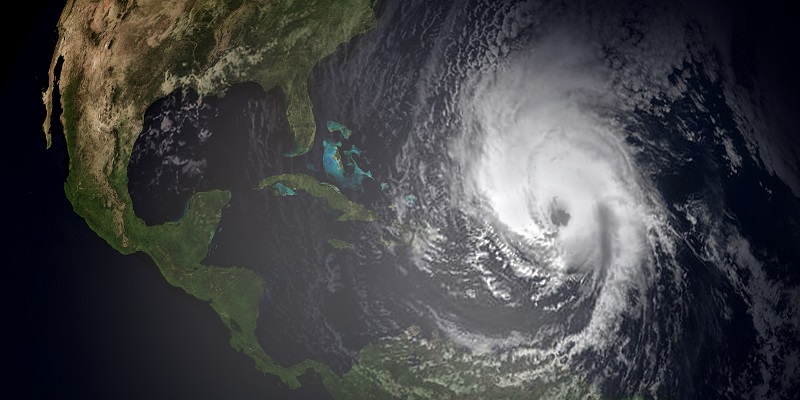


Summary
- Current status and track forecast: Milton is now a strong tropical storm moving to the east. A general east-to-east-northeast motion is expected by the National Hurricane Center (NHC) for the next day or so before an acceleration to the northeast after interaction with another weather system over the mainland. The precise timing and interaction of these features is very difficult to determine and model guidance shows a range of landfall scenarios from extreme southwest Florida to the Big Bend region. Accounting for these factors, the NHC best forecast is for Milton to approach the western Florida Coast on Wednesday, with onset of conditions overnight Tuesday.
- Intensity forecast: Tropical Storm Milton is projected to be a unique event that is complex and challenging to forecast. Milton will be passing over warm waters with reduced wind shear, but with an increase in wind shear of unclear timing as it approaches the Florida Gulf Coast. Accounting for these factors the NHC best forecast is for landfall as a major hurricane. Compared to the high confidence forecast for Hurricane Helene last week, the confidence in Milton is the total opposite. To this end, the National Hurricane Center stated earlier today “intensity guidance continues to show significant spread in the forecast peak intensity in 60 to 72 hours, with possibilities ranging from a category 1 to a category 5 strength hurricane.”
- Historical events: The ramifications of the upper end forecasts of Milton would result in a near worst case scenario for the west coast of Florida. There are no historical events that reasonably approximate the projected track of Milton. The five historical events that are closest to the Milton forecast are poor matches: the Cedar Key Hurricane of 1896, Gladys 1968, the October 1921 Tampa Bay Hurricane, Charley 2004, and Ian 2022. The 1921 Tampa Bay Hurricane would be the best fit of these 5. The National Weather Service in Tampa states, “On October 25, 1921, Tampa Bay suffered the most destructive hurricane to hit the area since 1848. No storm since has had such a profound impact on the community.”
- What is next? The development of Milton over the next 24 hours will bring higher confidence to both the track and intensity forecast for Florida. The average error of the track forecast from the National Hurricane Center four days in advance is around 150 miles. As such, scenarios range from the Big Bend of Florida to Naples in terms of potential landfall locations. While wind damage is a significant concern, storm surge has the potential to be record setting to the south of Milton’s landfall location. The west coast of Florida is highly conducive for storm surge. A west to east track maximizes the storm surge heights and has not been seen in recorded history dating back to 1850.






Another statement from the CAT Resource Center is scheduled for Monday, October 7, 2024, with a view to enhanced forecast clarity.
Additional links of interest: